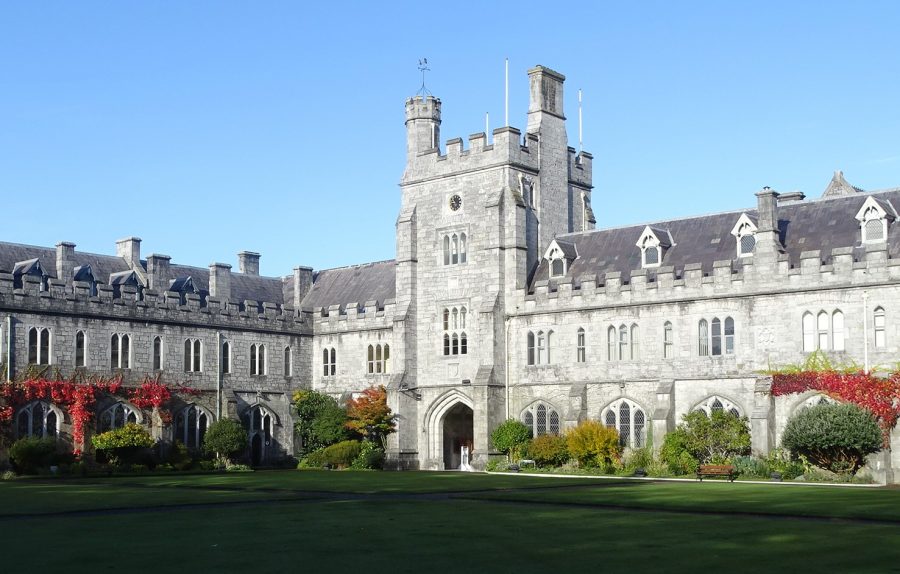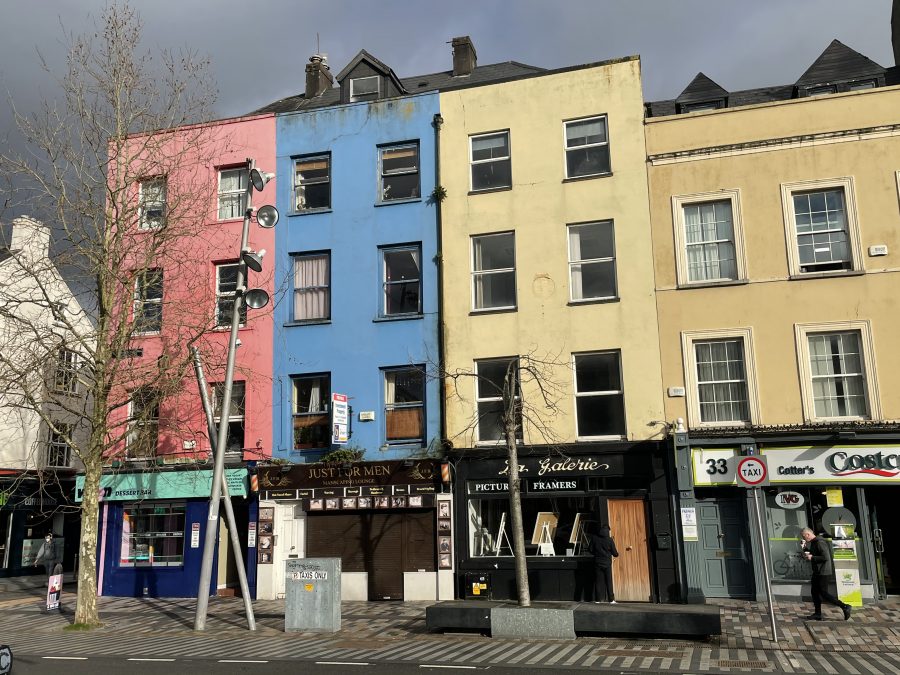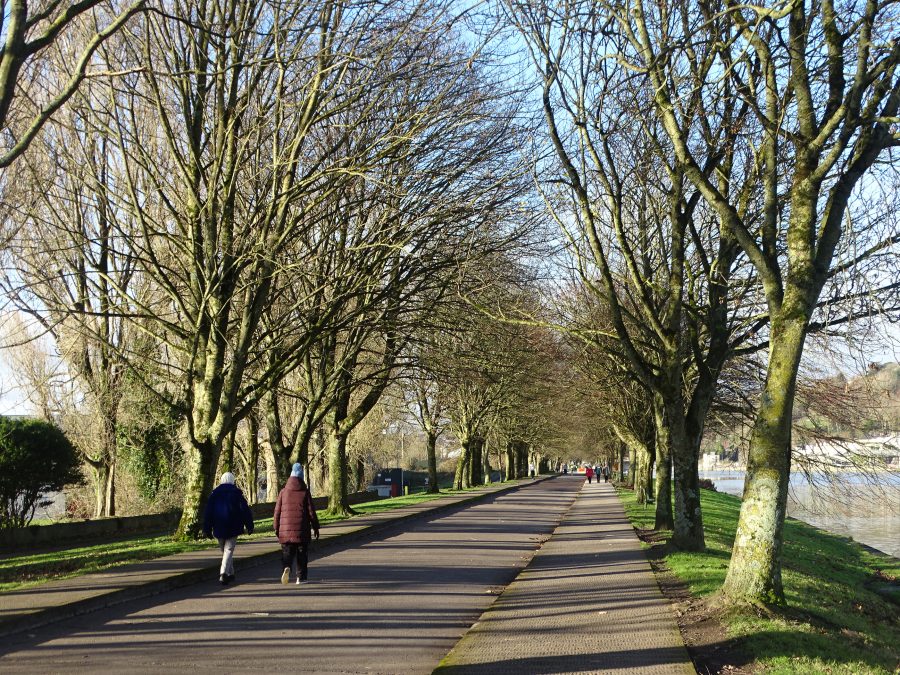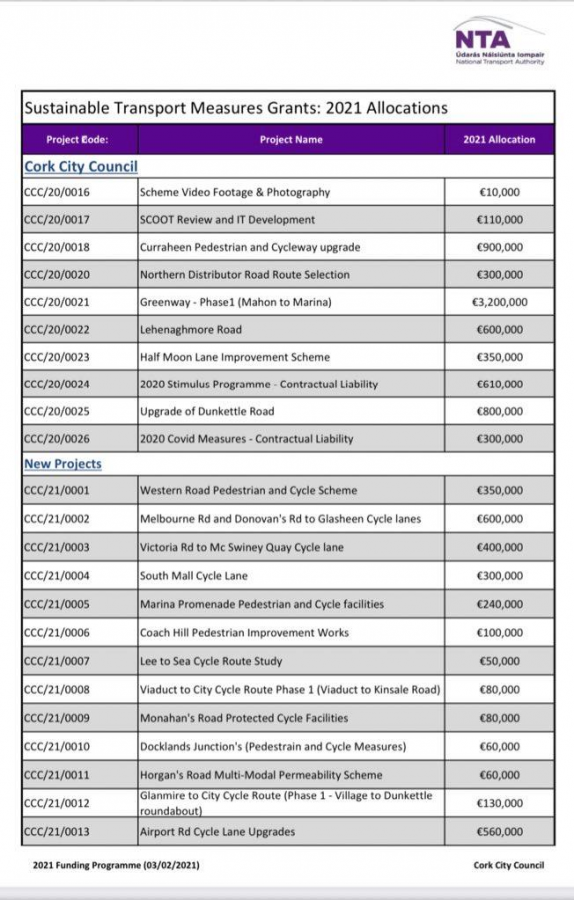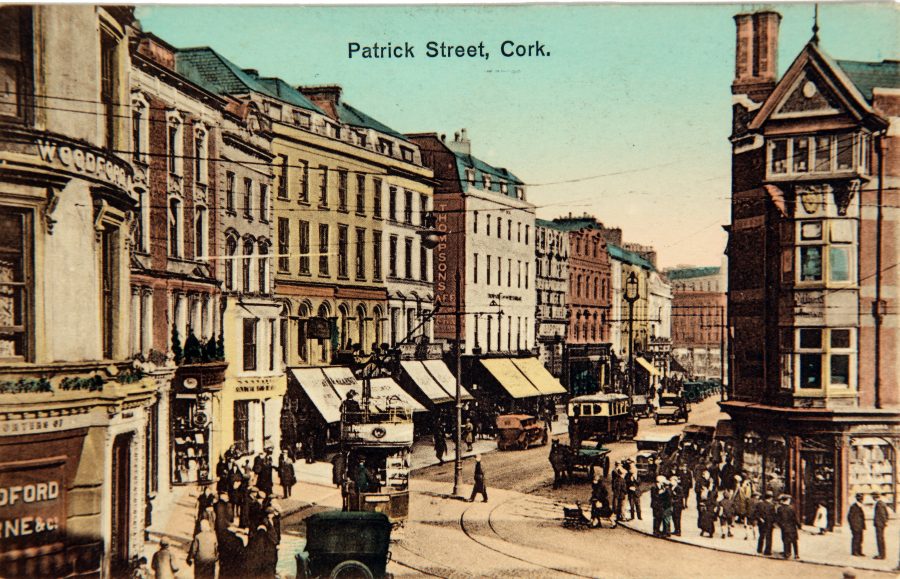
Kieran’s Our City, Our Town Article,
Cork Independent, 25 February 2021
Journeys to a Truce: Revenge in the City
By the last week of February 1921 revenge was the talk of Cork IRA Brigade No. 1 for their fallen comrades of the Dripsey Ambush and the Battle of Clonmult. On Saturday evening, 26 February, a comrade of Michael O’Donoghue’s whispered to him, “Go to Confession to-night, Mick, and be ready for Monday near St. Augustine’s [Church]”.
In his witness statement for the Bureau of Military History (WS 1741), Michael recalls that the members of A Company, got the mobilisation order on that Monday afternoon, 28 February 1921. By 6.30pm, members had reported at the college tower, at UCC’s quadrangle and had been issued with small firearms and ammunition from the arms dump there. Their instructions were clear – to shoot down at sight, every enemy soldier and policeman in uniform on the streets of Cork City that evening.
Michael outlines that the particular area of operations allocated to ‘A’ Company, was St Patrick’s Street and the adjoining streets between South Mall and the Coal Quay. This was the most dangerous section of the City as it was ringed by a chain of police barracks barely 150 yards apart between the two river channels. On Cornmarket Street was the Bridewell police station and its detention cells, all of which were strongly garrisoned. On Tuckey Street corner, there was another large RIC barracks. These two barracks effectively dominated the approaches to St Patrick’s Street from the west. At its other extremity was the bottleneck of St Patrick’s Bridge. Michael recalls of the event:
“This then was the sector where our University Republican soldiers were to challenge the military might of the Crown Forces and exact bloody revenge for the execution by firing squad of the six Republican prisoners that same morning. Every man of ‘A’ Company who had a gun was in action that night. We operated in small groups of two or three. Zero hour was 7pm by Shandon Church clock. By 6.45pm, we had made our way unobtrusively to Patrick Street and begun to scout along quietly marking down our quarry”.
Michael’s companion was Dan Barton, a fellow engineering student. They strolled casually up the south side of St Patrick’s Street. No policemen in uniform were anywhere to be seen in the whole section. Civilians, men and women, hurried by, each focused on some vital personal business.
At 6.53pm, Dan and Michael reached St Patrick’s Bridge, meeting Mick Crowley, Connie Lucey and “Nudge” Callanan, three of our lads who had come in from West Cork, where they were with Tom Barry’s Column, to share in the night’s desperate work.
It was 6.57pm and almost dark when they saw a party of three khaki warriors with bandoliers ahead near Prince’s Street corner. With two minutes to go at least, they ran rapidly down to Oliver Plunkett Street and turned up Prince’s Street intending to get to the soldiers as they emerged on to St Patrick’s Street again. Seven o’clock struck as they swung into Prince’s Street. Michael describes the engagement.
“Loud and clear and ominous the strokes rang out. A few seconds tense silence and then desultory shots to the north. Then shooting seems to break out all over. Three soldiers came running from Patrick St. straight towards us, all scared by the nearby shooting. Our revolvers are drawn and I have the big Colt cocked. Fire! Within eight yards of us, two of the soldiers crash to the ground, the survivor stops, shrieks in panic, turns and flees back”.
Michael raced after him as the survivor ran in through an open shop door:
“I am almost at his heels. It is a fancy shop with a variety of musical goods. The soldier huddles, crying in a corner against the counter. Another shot and he slumps down. I turn on my heels quickly towards the door. I don’t even search the khaki body or glance at it. Then as I reach the door I hear a loud shriek of terror behind me. I look back and see the face of a terrified woman behind the counter. I do not know if she has witnessed the ghastly business, but I am now scared”.
Outside near the corner Dan awaits Michael. The two slain policemen lay motionless on the street. Shooting continued and seems to come from the streets all round. It was now quite dark and the streets are completely deserted. Both chose to escape outside of the ring of police barracks. Curfew time was approaching and it was only minutes until the streets were going to be filled with armoured cars and lorries and machine-guns.
As they emerged from St Patrick’s Street to cross to Castle Street a volley of revolver shots rang out and crash went a plate-glass shop window behind them. They were seen and fired at. Two dark figures, Black and Tans evidently from Tuckey Street were firing at them from Singer’s Corner about fifty yards away. Crouching low by the van of Woodford Bourne’s. Michael fired three rounds at the two Tans to disconcert them.
Then together Michael and Dan rushed across the street to Castle Street corner. They made it safely and continued down Castle Street. Michael had but one round left in the Colt gun now.
Shooting could still be heard at intervals, now more heavily in the Sunday’s Well and Blarney Street direction. It was almost on curfew hour as they reached the Dyke Parade. Dan agreed to smuggle Michael into the Honan Hostel where he stayed and to shelter him there for the night. As they reached O’Donovan’s Bridge opposite UCC after crossing over the Western Road. Michael ejected the five spent shells from the Colt end dropped them in the River Lee.
Caption:
1088a. View from Woodford Bourne street corner, Daunt’s Square, St Patrick’s Street, c.1910, from Cork City Through Time by Kieran McCarthy and Dan Breen.
1088b. UCC quadrangle tower, A Company’s arms dump, 1920-21 (picture: Kieran McCarthy).
